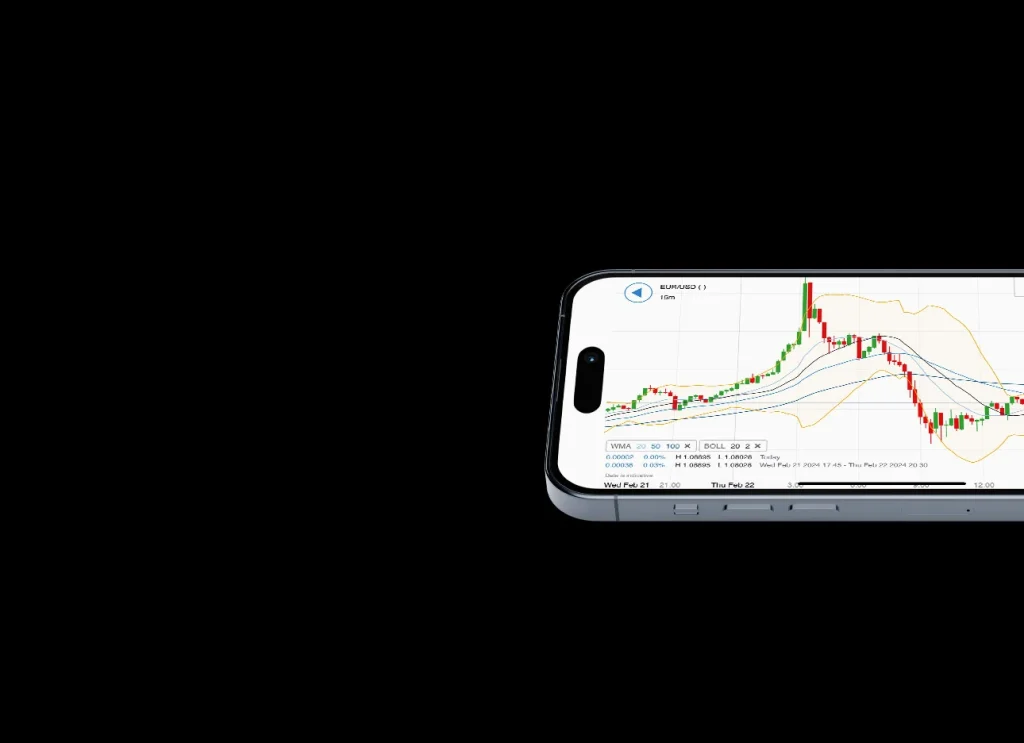You probably know that timing is everything in forex trading. One of the most important times to keep track of is when trading wraps up for the week. This timing impacts your ability to close trades, manage risks, and prepare for the next week’s market activity.

Knowing exactly when the trading week ends helps you avoid unnecessary surprises, such as unexpected price gaps or holding trades longer than intended. It’s an essential part of staying organized and maintaining control over your trading strategy.
When Does Trading End On Friday?
The official end of trading for the week usually happens on Friday evening. This time can vary depending on your time zone, but in most cases, it aligns with the close of the New York session, which is around 5 p.m. Eastern Time. After this point, the market goes quiet until it reopens on Sunday evening.
Why Does Trading Stop?
The forex trading week follows the sun across global financial hubs—starting in Sydney, moving through Asia, Europe, and finally ending with the U.S. sessions. Even though it operates 24 hours a day during the week, the market close on Friday signals a break for the trading world over the weekend. This downtime allows brokers, institutions, and traders to pause, regroup, and prepare for the next week.
What Happens After Trading Ends?
Once trading ends on Friday, the market essentially “sleeps.” Prices stop fluctuating, and no trades can be executed. However, this quiet time doesn’t mean inactivity everywhere. Economic developments, global news, or political events over the weekend can impact market conditions and create gaps in price levels when trading resumes on Sunday.
How Should You Prepare?
Knowing when trading ends helps you plan better. If you don’t want to hold positions over the weekend due to potential price gaps, consider closing your trades before the market close. Alternatively, if you’re comfortable with the risks, make sure your stop-loss and take-profit levels are set to manage your positions while the market is inactive.
The Bottom Line
Trading ends on Friday evening, typically around 5 p.m. Eastern Time. Understanding this timing helps you avoid surprises and gives you a chance to evaluate your week’s performance. Use this downtime to refine your strategies, analyze your results, and prepare for the next trading cycle. The more organized you are, the better your trading experience will be. So, mark your calendar, manage your trades wisely, and enjoy your weekend!







